
Deputy Executive Director,
Laboratory of Translational Cancer Biology
Associate Director,
Precision Medicine and Population Genomics (Somatic)
CANCER STEM CELL PROGRAM
One of the grand challenges for cancer treatment is that current therapeutic strategies to treat tumor are ineffective due to therapy resistance and tumor recurrence that are caused by cancer stem cells (CSCs). Our lab addresses this important challenge by integrating the fields of cancer, CSC, targeted therapy, and disease modeling, to translate biological findings about CSCs into innovative, targeted cancer therapies. Advanced multidisciplinary approaches are employed to uncover and interrogate emerging paradigms in CSC biology.
This will reveal facets of CSCs that are amendable to rationally designed targeted therapies. High-throughput chemical screening is further utilized to discover potentially useful agents that can eradicate CSCs. In the long-term, the development of these agents will provide novel therapeutic modalities which can be employed as neoadjuvants for cancer treatment.
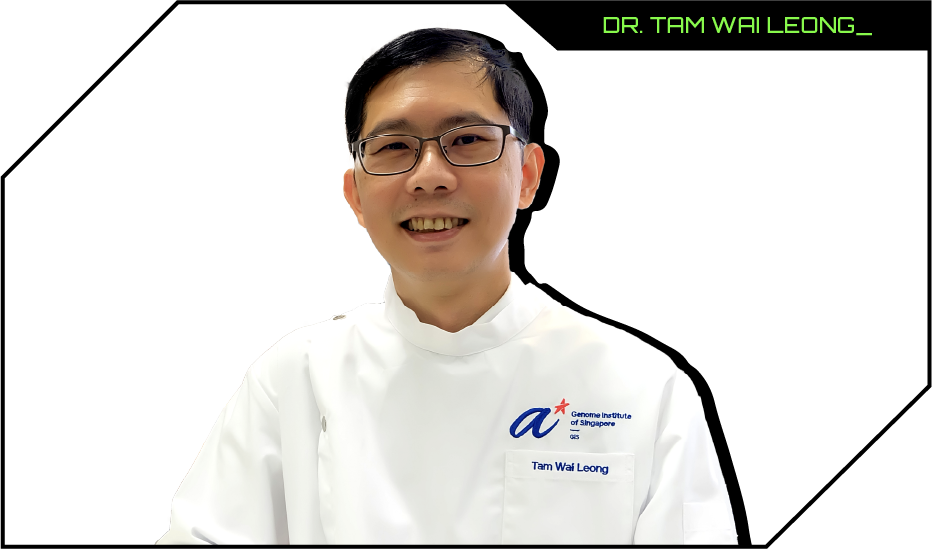
“Translational research is a team sport. Partnership with clinicians who see patients daily brings me satisfaction. I get a deeper perspective of the unmet clinical need, understand the use-inspired research that is needed to make a difference, and motivation to translate findings from the bench to the bedside.”
Here are the research themes that my lab is working on:
1. Energetics: What are the metabolites produced and utilized by CSCs? Why are they uniquely important? How do we exploit the metabolic liabilities of CSCs as therapeutic targets?
2. Synthetic lethality: How do we engineer vulnerabilities into CSCs that will cause them to gain susceptibility to therapy? Can we rewire stemness and differentiation programs in cancer cells?
3. Human tumor modeling: How do we build clinically relevant models for understanding tumor heterogeneity and better model their response to therapy?
4. Non-coding RNAs: Why are non-coding RNAs important for CSCs? What do they do? How do we gain novel mechanistic insights into the function of novel non-coding RNAs?

Adjunct Assistant Professor,
Biomedical Engineering Department, NUS
Division Head,
Healthcare and Medtech Division, Institute for Infocomm Research, A*STAR
Biomedical Engineering, Neurotechnology, Medical Technologies, AI in Healthcare
I am Dr. Rosa So, Head of the Healthcare and Medtech Division (HME) at the Institute for Infocomm Research (I²R) in A*STAR, Singapore. In this role, I oversee healthcare and medical technology projects within I²R and guide the implementation of our research strategies. I also hold an Adjunct Assistant Professorship in the Biomedical Engineering Department at the National University of Singapore.
My main research passion lies in neural engineering and brain-computer interfaces. I'm proud to contribute to A*STAR's Neurodevice Programme, where I work on building an implantable brain-machine interface system for motor control. My academic background includes a Bachelor of Science in Biomedical Engineering from Johns Hopkins University and a Doctor of Philosophy from Duke University's Department of Biomedical Engineering.
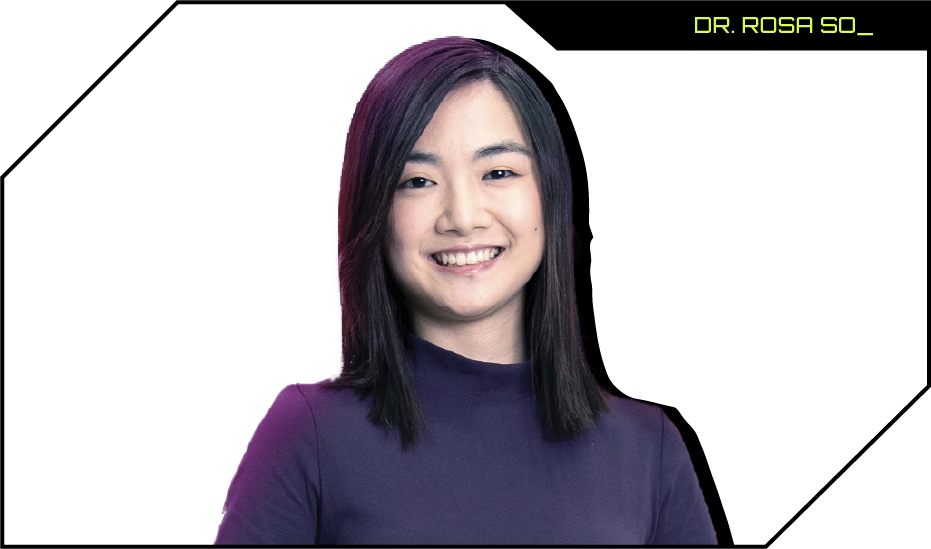
“Look for opportunities to have diverse experiences as a student, you will learn more about yourself which will help you make better career decisions.”
I think of milestones in terms of the different roles I have taken. I joined I2R in 2013 as new scientist after finishing my PhD and joined my first project as a team member. In 2016 I became the PI for a project where I had to learn team management and project management. In 2019 I stepped into my current role as division head for healthcare and medtech at I2R and is now involved more in strategic planning and people management. I am still leading a few research projects as well, and take on students as part of my adjunct position with NUS.
One of my research interests is in implantable neurotechnology. We are involved in a clinical trial at the moment looking at how spinal cord stimulation can restore movement in people who have hemiparalysis from spinal cord injury. It’s an exciting project, and our team is going to develop techniques to optimise the stimulation parameters based on neural recordings.
Neural stimulation for restoring movement after spinal cord injury is a new research direction we are exploring with our clinical partners.
Another project I am involved in is related to developing a digital app that allows for screening of mild cognitive decline (MCI).

Principal Scientist II,
Institute of Molecular and Cell Biology (IMCB)
Adjunct Assistant Professor,
Department of Physiology at NUS Yong Loo Lin School of Medicine.
I began my journey at the University of Wisconsin-Madison, earning a Bachelor's degree. In 2015, I completed my PhD in Neuroscience at UCSF under the guidance of Prof. Eric J. Huang. During this time, I focused my research on the development of dopaminergic neurons and their connection to neuropsychiatric disorders. After my PhD, I continued my research as a postdoc with Dr. Fu Yu at SBIC in Singapore. It was during that time that I discovered a new neural circuit involved in appetite regulation, which was even published in Science magazine (2018)!
In April 2021, I established my own lab at IMCB. Here, I'm using mouse models to delve deeper into the brain-body connection that regulates appetite and metabolism. My research explores how peripheral organs communicate the body's metabolic state to the brain and how this impacts feeding and overall metabolic function. Throughout my career, I've been fortunate to receive various awards, including the National Science Scholarship from A*STAR, the UCSF GEMS Student Award (2015), the YIRG from NMRC, the NRFF Fellowship (Class of 2021), and most recently, the Young Scientist Award from SNAS and A*STAR in 2021.
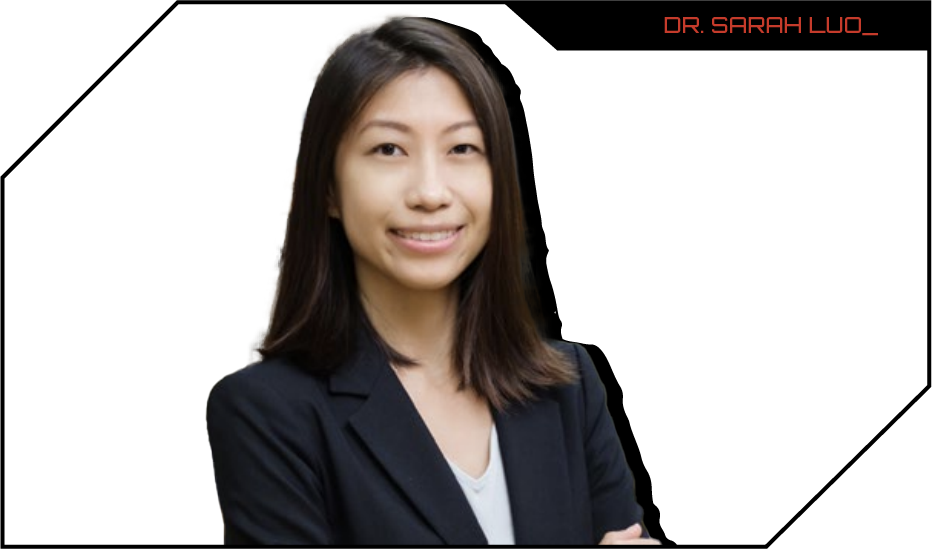
“The opportunities at A*STAR are not limited to careers in academia. Many of my peers have gone on to successful careers in strategic planning, industry, consulting and beyond. A*STAR values talent and this can come in many forms such as research, organisational, teaching or planning. If you have the talent, drive to succeed and willingness to contribute to the scientific community, A*STAR will be a good place for you.”
BRAIN-BODY CIRCUITS REGULATING METABOLISM AND APPETITE
Maintaining energy homeostasis requires accurate sensing of incoming nutritional substrates and internal metabolic demands, coupled with mechanisms to direct and utilize available resources. This is orchestrated by a complex interplay of communication between the brain and peripheral organs in the body such as the liver and gut.
Our lab aims to define neural pathways underlying metabolic regulation between peripheral organs and the brain at the molecular, anatomical and functional level. The integrity and alterations of these circuits in mouse models of diet-induced obesity and metabolic syndrome will also be explored. This study will further our understanding of brain communication with peripheral organs and lead to novel strategies for managing metabolic diseases.

Group Leader,
PROFESS Group (Printed Organic Flexible Electronics & Sensors)
Adjunct Asst. Professor,
Department of Materials Science & Engineering,
National University of Singapore (NUS)
Joint Secretary,
Executive Committee,
Materials Research Society Singapore (MRSS)
Head of Department,
Sensors and Flexible Electronics
Institute of Materials Research and Engineering (IMRE), A*STAR
I received a Bachelor of Science (1st Class Hon) in Chemistry from Imperial College London, and PhD (Physics - Optoelectronics) through the A*STAR National Science Scholarship. In Cambridge, under the tutelage of Prof Sir Richard Friend, a leading pioneer in plastic electronics, the experience brought me to the frontier of novel optoelectronics. My breakthrough came when she and her colleagues discovered a new emission mechanism in a class of new materials, leading to record-efficiency organic LEDs, useful for next- generation printable display technology.
I am now working in the institute of Materials Research and Engineering (IMRE, A*STAR) on luminescent materials, optoelectronics, and flexible biosensors, leading my “PROFESS” Group (Printed Organic Flexible Electronics and Sensors). I am active in the local materials research ecosystem, such as the Materials Research Society Singapore and outreach events. My notable work has been published in journals such as Science, Joule, Nature Photonics, Advanced Materials, ACS Energy Letters etc. Lastly, I am a recipient of the National Research Foundation Fellowship (2023), Singapore 100 Women in Tech (2021), SNIC-Prof Lee Soo Ying Early Career Research Awards Gold (2023), L’OReal-UNESCO For Women in Science Singapore (2023), and MIT Tech Review Innovators Under 35 Asia Pacific (2023)!
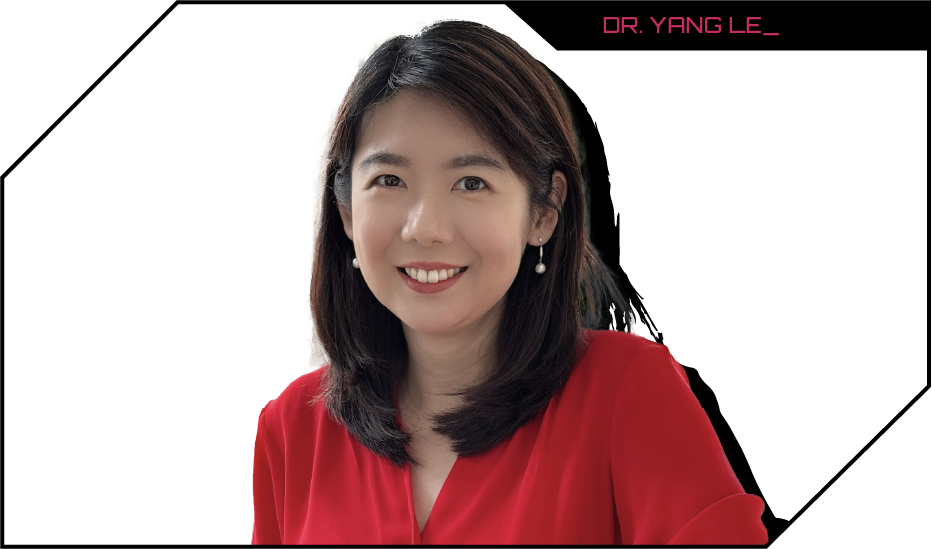
“Embrace your potential, cultivate resilience, and let your passion guide you. Your contributions are invaluable, and the world needs the unique perspectives and insights only you can bring. Stay curious, be persistent, and remember that your journey in science is not just about discovery but also about the positive impact you can make.”
Professor Sir Richard Friend at the University of Cambridge became my esteemed mentor during a pivotal time in my research. Together, we unraveled a brand new emission mechanism in cutting-edge materials. This breakthrough led to the development of ultra-high efficiency OLEDs, boasting the highest solution-processable efficiency ever achieved. These OLEDs have the potential to revolutionize the world of printable and flexible display technology.
My thirst for discovery doesn't stop there! I'm constantly pushing boundaries in optoelectronics, recently uncovering new possibilities in energy up-conversion using organic molecules. This research holds immense promise for creating stable, sustainable solutions with incredible energy efficiency.
The COVID-19 pandemic further fueled my desire to innovate for the greater good. Along with my team, we developed the WISH system (Wearable Integrated Sensors for Health). This tiny, plaster-like device acts like a second skin, offering continuous, non-invasive, and real-time monitoring of crucial biochemical markers. While most wearables today focus on physical or electrical signals, WISH addresses a critical gap – the lack of real-time, non-invasive biochemical monitoring. In this digital age of smart health, I'm excited to be filling that gap!

Principal Investigator,
Institute of Molecular and Cell Biology (IMCB), A*STAR
Assistant Professor,
Department of Biochemistry and Department of Medicine, NUS Medicine, Singapore
In my lab, we study diabetes by creating human cell models, specifically from patients themselves. I obtain patient samples and use them to create stem cell models that closely resemble the individual's condition. This personalized approach allows me to understand the unique mechanisms behind each patient's diabetes.
My dedication to this research stems from a personal connection to the disease, as it runs in my family. My lab's current work is fueled by continuous interaction with diabetes specialists and the opportunity to delve into real-world cases.
My research journey has been extensive. I've had the privilege of working at prestigious institutions like NUS, A*STAR, Cambridge, Harvard, and back to A*STAR. I credit my PhD at Cambridge with Prof Ludovic Vallier and Dr. Ray Dunn for providing a strong foundation in research methods. However, it was my postdoctoral fellowship at Joslin Diabetes Center, Harvard Medical School, that truly opened my eyes to the pinnacle of diabetes research.
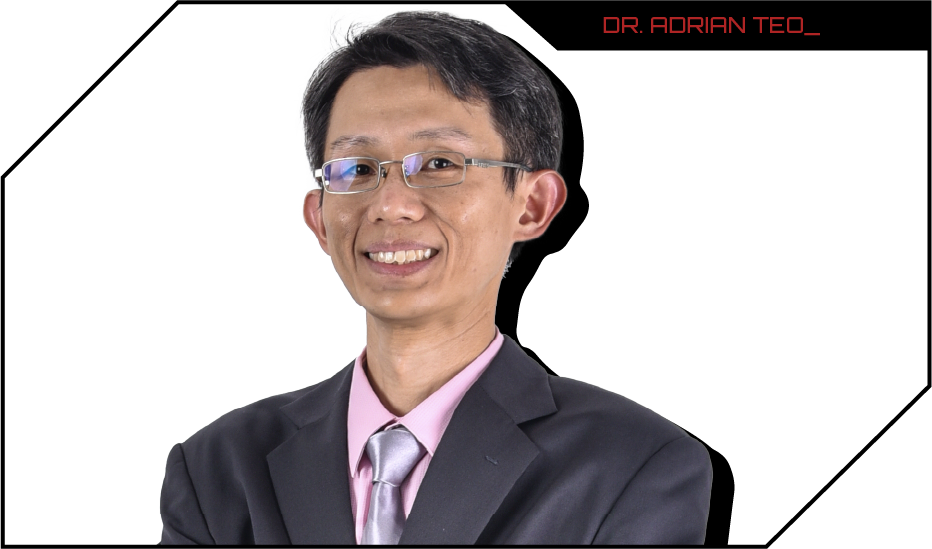
“Stem cell research remains to have huge potential for cell replacement therapy. While the path ahead is fraught with challenges, always look at the small positives, enjoy the freedom of doing science and continue pursuing wet-lab research!”
Research Theme:
Diabetes is a debilitating chronic disease spiralling out of control, affecting more than 400 million people in the world. People with diabetes commonly develop severe complications such as blindness, cardiovascular diseases, kidney failures and lower limb amputations, leading to an astronomical healthcare burden. Despite intensive research, mechanisms underlying human pancreatic β cell failure during the development of diabetes and its eventual dysfunction remain to be elucidated. Species-specific differences in pancreas development, islet architecture and distribution pattern of islet cells necessitate a human model for diabetes research.
The Teo Lab seeks to leverage on human cell models such human pluripotent stem cell (hPSC)-derived cells, human islets and human β cells to study diabetes disease mechanisms, develop therapeutics for diabetes and use them as a cell source for cell therapy in diabetes.

Deputy Chief Executive Officer,
Experimental Drug Development Centre
Research Fellow,
Institute of Molecular and Cell Biology, A*STAR
Founding Member,
Experimental Therapeutics Centre, A*STAR
I currently serve as the Deputy Chief Executive Officer (DCE) at EDDC. Before this, I wore a few different hats. I acted as the COO at NTUitive, the innovation and enterprise company of Nanyang Technological University in Singapore.
Setting up and managing public-private research partnerships has been a key part of my career. I've held roles at the Lilly Singapore Centre for Drug Discovery and the A*STAR Experimental Therapeutics Centre, giving me extensive experience in this area.
My educational journey has been diverse as well. I completed undergraduate studies in both Chemical Engineering and Finance. Following that, I earned a master's degree in Biotechnology from the University of Pennsylvania (US). Finally, I pursued my PhD studies at the MRC Centre for Protein Engineering at Cambridge University (UK) under the guidance of Prof. Sir Alan Fersht.
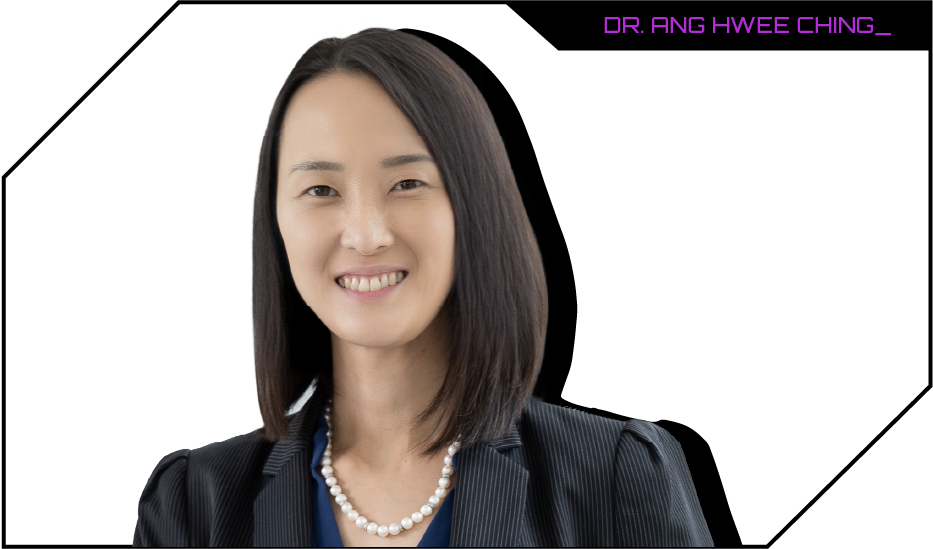
“Drug discovery and development is complex; no one (organisation or person) knows it all. It is a team effort - involving biologists, chemists, and clinicians, just to name a few - to translate science into medicine. I am no longer working at the lab bench, but it excites me to work with research colleagues within and outside EDDC, who share a common vision of developing innovative medicines that can improve patients’ lives.”
As part of the leadership team, I'm focused on turning scientific breakthroughs into potential medicines. I help develop and guide drug R&D programs so they reach successful proof-of-concept clinical trials. The ultimate goal is to find the right partners to bring these innovative drugs from Singapore to patients around the world. Here at EDDC, Singapore's national platform for drug discovery and development, I work on partnerships, licenses, and spin-offs for groundbreaking treatments. These include drugs targeting disease-causing proteins and, most recently, molecules for a potentially best-in-class oral antiviral therapy for COVID-19.

CEO and Founder,
Respiree
We at Respiree, an A*STAR spin-off company, are dedicated to developing solutions for monitoring and predicting changes in the health of patients with heart and lung problems. We offer a combination of hardware and software: our cardio-respiratory sensors collect data from patients, and our network-based software analyzes all this information from multiple sensors. This analysis is then presented on clinical dashboards, giving healthcare workers valuable insights and making their workflow easier.
Founded in 2019, our technology is built on the foundation of core sensor technology developed at A*STAR's Singapore Bioimaging Consortium (SBIC). Thanks to the support from Accelerate and A*STAR's research institutes, we've been able to combine our hardware platform with powerful software-based predictive analytics. This uses cutting-edge artificial intelligence and machine learning to give even more comprehensive insights into a patient's health.
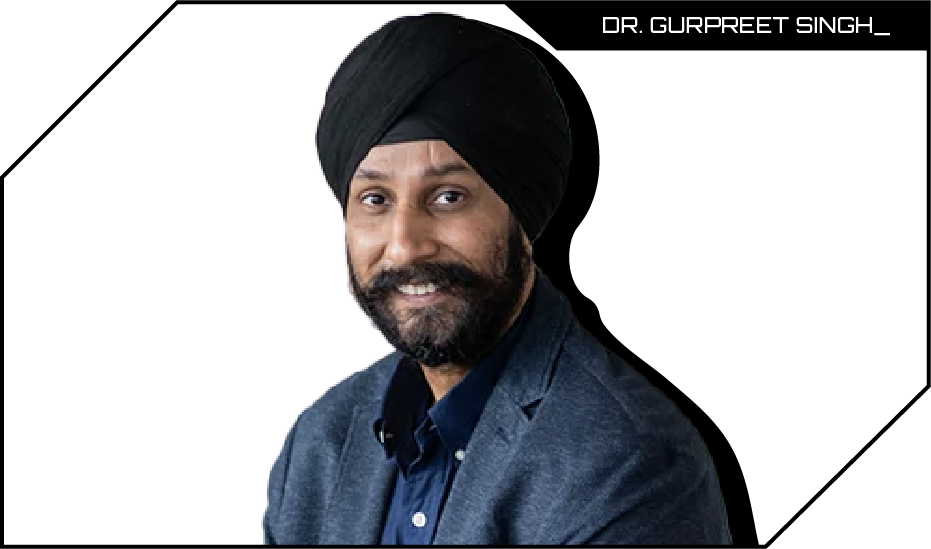
“Math and physics are fields that have been closest to my heart since I was young. What really got me excited in this space was my exposure to industrial attachments during my first degree. The ability to condense information into simplified mathematical formulae while still accommodating to physical laws was fascinating. It was indeed art in one of its purest forms.”
Our key challenges include having to gain traction quickly in terms of proving efficacy of the product via publications, and securing required pre-market approvals to initiate commercialisation. At the same time, it is important to maintain quality and required clinical evidence that require longer timeline commitments. We are grateful for the support we have received from the local R&D and healthcare ecosystem including A*STAR, the Changi General Hospital (CGH), National University Hospital (NUH), National University Singapore (NUS), and the Institute of Mental Health (IMH). Currently, Respiree and NUH, NUS Yong Loo Lin School of Medicine are collaborating on a research study to develop predictive models using respiratory rate and breathing variability, to detect clinical deterioration in patients suffering from acute respiratory failure and pneumonia early and accurately. The aim is to deploy the use of novel respiratory biomarkers to predict worsening conditions in isolated COVID-19 patients.

Formerly Director (MEL),
Institute of Molecular and Cell Biology (IMCB)
Currently: VP Biology,
Automera Pte Ltd
My background is a bit unusual – I started with a BSc in Electrical Engineering from the University of Virginia, then went in a completely different direction for my PhD in Genetics at Stanford, specializing in chemical genetics. The Agency for Science, Technology and Research (A*STAR) awarded me the National Science Scholarship to support my doctoral studies!
In 2009, I co-founded the Molecular Engineering Laboratory (MEL) with the late Dr. Sydney Brenner. For over ten years, I led the lab, building a collaborative and empowering environment where junior scientists could take charge of their own projects. I'm really proud that many of our alumni have become key players in Singapore's biotech scene – they're working in startups, big companies, investment firms, government agencies, and even universities!
What really fascinates me is how computational methods and hands-on experimentation can work together. I have expertise in a wide range of areas, including bioinformatics, chemogenomics, biomimetics, protein engineering, diagnostics, and synthetic biology. I was also co-founder of Proteona, a company focused on single-cell genomics, which was acquired by Singleron Biotechnologies in 2022.
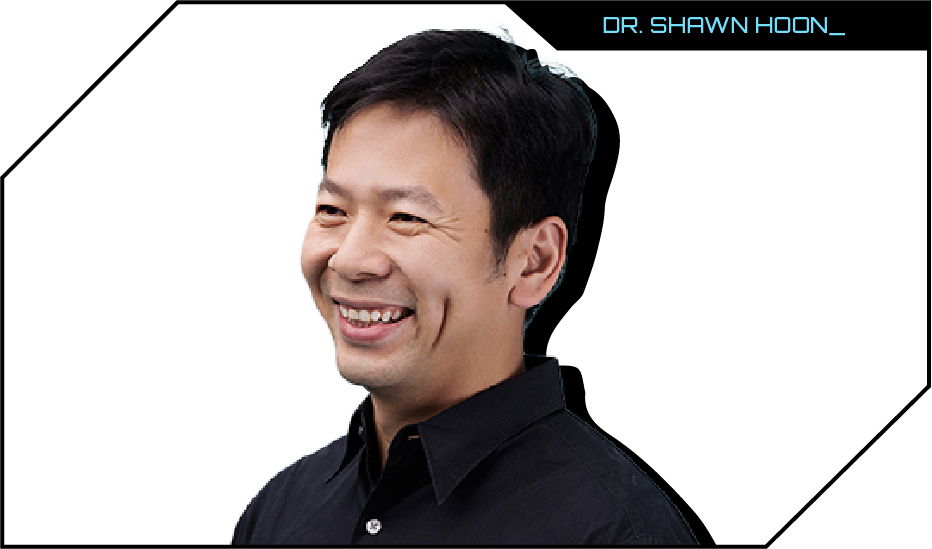
“The most crucial thing is to be observant and inquisitive. As I tell the students I mentor in my lab at MEL, "It's not all about finding the answer, it's about starting with the right questions." My job feels complete when my students gain the confidence to ask those questions and delve into experiments independently.”
My work takes inspiration from the incredible diversity of marine life right here in Singapore. By studying how these organisms function on a molecular level, I've been able to create some pretty amazing biomaterials with tons of potential applications.
One example is a super-strong, super-durable plastic I developed with colleagues at NTU. We were inspired by the structure of a squid's sucker ring teeth! This new material could be biocompatible, making it perfect for food or drug packaging. It could even be used for strong, water-resistant parts in organ implants. As I always say, "it's about seeing how nature solves problems and mimicking what works."
We've also developed waterproof glue inspired by mussels and an incredibly elastic material based on sea snail egg capsules. These nature-inspired biomaterials could help us move away from unsustainable resources and even promote conservation efforts.
Of course, bringing these materials to market isn't easy. Right now, synthetic materials are often cheaper to produce. But the potential is there! I'm currently talking with companies to bring this technology to life and make a real difference.